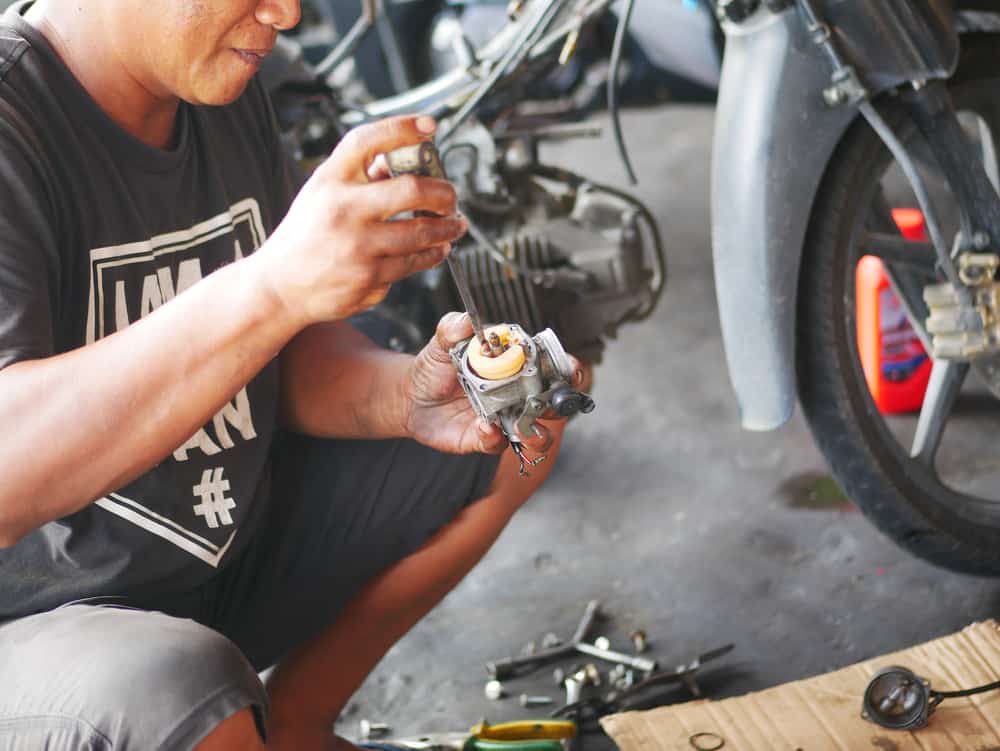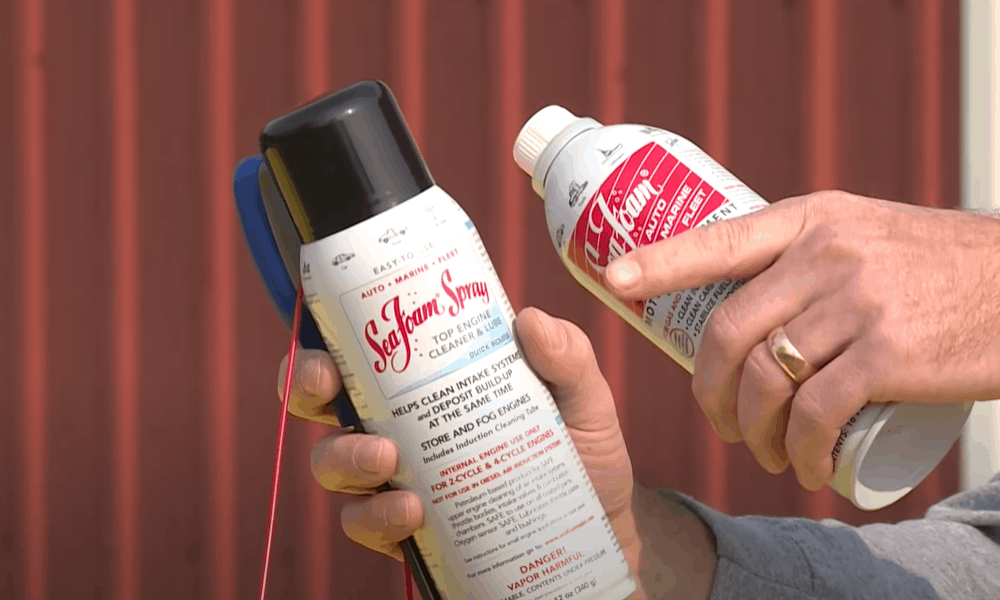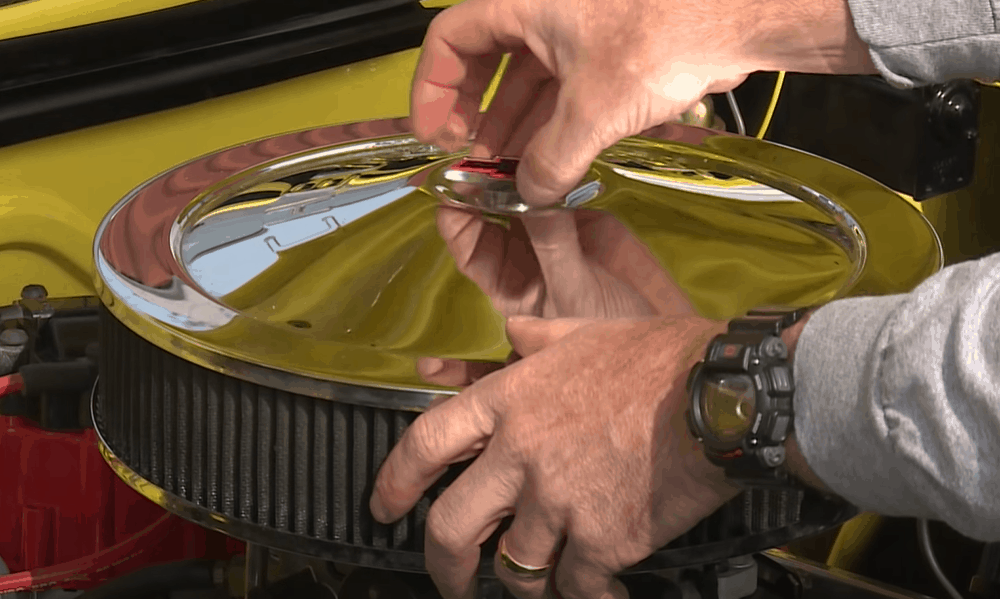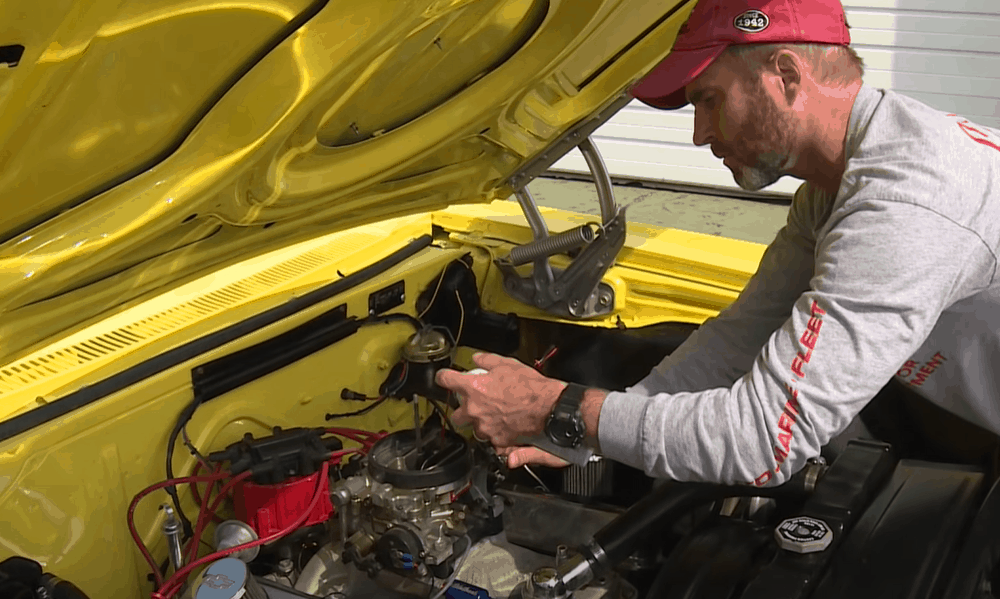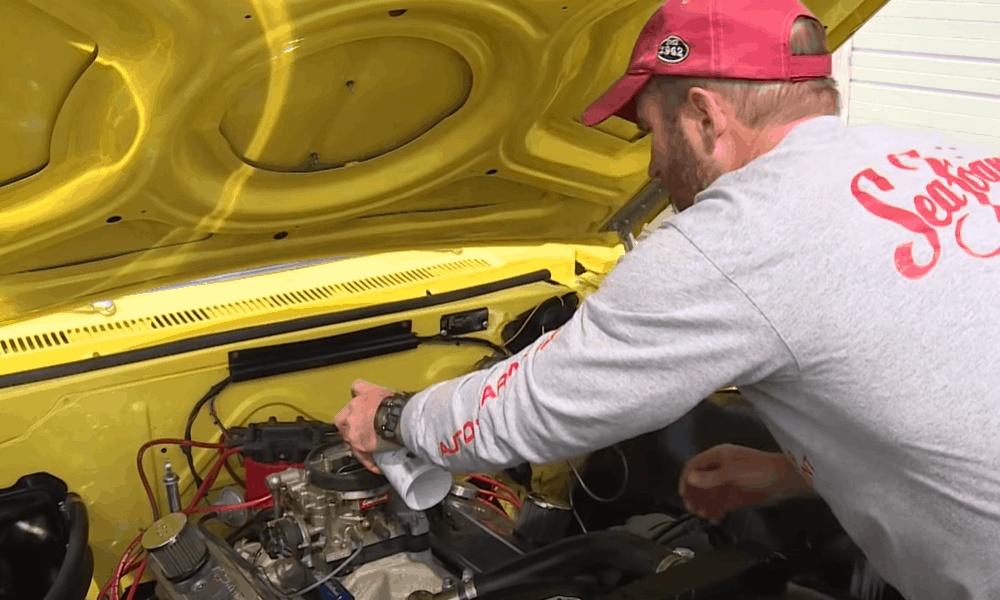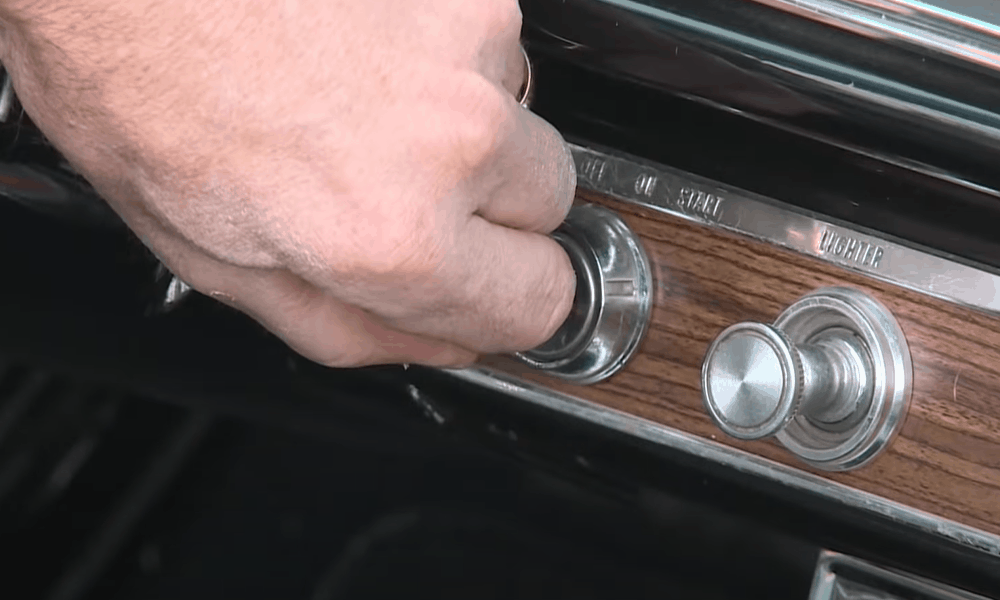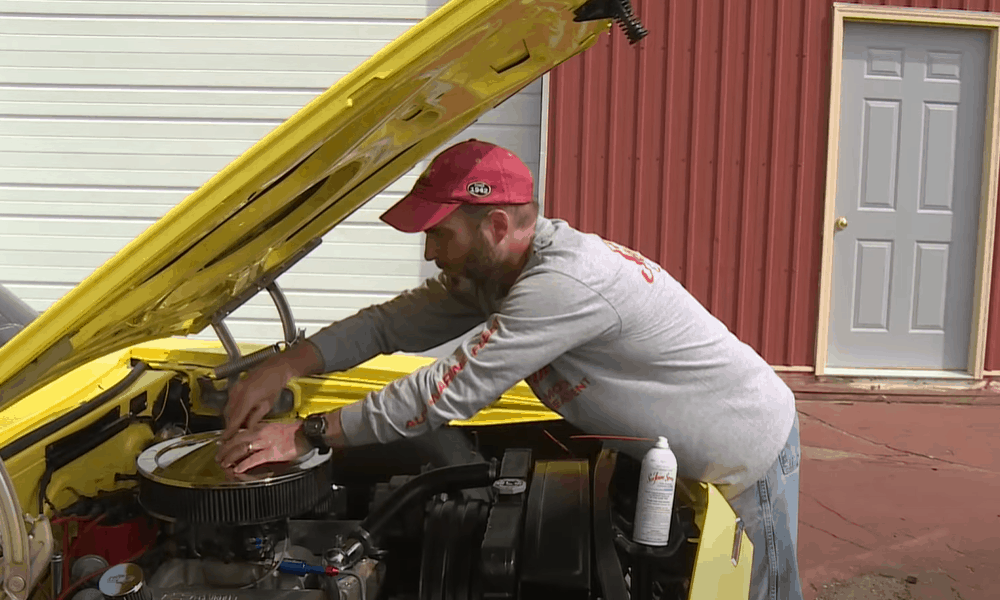The carburetor is called the lifeblood of a car or any vehicle. Its job is to provide a mix of fuel and air to make the heart of the car run smoothly. But from time to time, this carburetor gets dirty, and your job is to clean it regularly.
If this maintenance isn’t done, then your carburetor will not work properly. And in the end, your car itself won’t be able to run smoothly as it should.
Knowing how to clean a car carburetor isn’t a big deal since the techniques and steps are pretty easy, and it merely takes about half an hour. We’ll teach you those steps and techniques to clean your carburetor in an understandable way.
How To Clean A Car Carburetor
Cleaning a car carburetor is not difficult at all, especially if you are dealing with 350 Chevy Carburetor. According to Torquewrenchcenter blog, You need to clean both the internal areas and the external body of the carburetor. For this, you will need to collect some items that you will clean with. After you have collected everything, then you can begin cleaning. Below we have detailed the steps so that you can understand what you need to do:
Step 1: Collect Items You Need
The items you will need to begin this procedure of cleaning your car carburetor are some old rags, a lubricant spray meant for cleaning, a wire brush that is small to brush the outer body in case there is sludge on it, a choke cleaner or a carburetor cleaner.
Some of these things you will already have in your garage or storage room. The rags and wire brush are general stuff you will have lying around. But the lubricant and carburetor cleaner is something you will need to buy at a store. These are available in auto supply or auto parts stores.
Step 2: Safety First!
You always need to take safety measures to protect your hands, eyes, and nose if not anything else. This is necessary when you are doing heavy work or cleaning duty. Any kind of accident may happen if you are dealing with chemicals or sharp objects.
That is why you need to make sure you have gloves, safety goggles, and a face mask before you begin your work. After you wear this, you can arrange your work station and start cleaning.
Step 3: Reach The Car’s Carburetor
After you have taken safety measures to keep yourself safe, and after you collected the necessary items for cleaning, you can move on to dealing with the carburetor.
Firstly, you need to turn the engine of your car off and let it cool down a bit before you can touch it. You then have to remove the air filter and housing. This is done so that you can reach the carburetor inside.
Take all your rags and bunch them up together. Find out where the throttle control is attached to the carburetor. This lets you run the engine manually in a much faster way while you are still cleaning.
Step 4: Carburetor Internal Areas
Take the rags that you have bound together in your hand and spray the cleaning solvents on them. They must then be placed around the carburetor’s base. You must be careful when you place the wet rags there because the chemicals could touch any other painted surfaces or areas and ruin the paint job or damage the surface completely. The rags will also stop runoffs.
Step 5: Carburetor External Areas
Now to get to the external body of the carburetor. You need to spray the lubricant spray or your choke cleaner on the outside body of the carburetor. Make sure you are spraying on the connection or attached moving parts. An example of these attachments would be the throttle area linkage. These sorts of places need to be sprayed with the cleaning solvents.
After you are done spraying everything that needs to be sprayed, you need to let it sit for a while. Once enough time has passed, you can wipe off the liquid. In the case of heavy sludge and oil with debris being piled up, you will need the small wire brush to clean right after the solvent is sprayed. You need to do this task fast, or else the spray will set for too long and dry up.
Step 6: Finish Up And Start The Engine Again
After everything has been brushed and wiped clean, you need to spray a little bit more of the carburetor cleaner on the carburetor. At this point, the lubricant spray isn’t needed anymore.
You can now remove those rags. Take all your tools and items away from the car. Once the area is clear, you need to start the engine of your car. Use the throttle control so that you can run the motor with high revolutions per minute (RPM).
While you are doing this, you need to spray on the carburetor cleaner again but in little amounts with intervals. When you do this, this will push the cleaning solvent through, and it won’t stall out the engine.
This step must be done continuously because you will need to spray little by little and also run the engine’s speed up and down while spraying. After a while, you can let the engine run at a normal speed for a few minutes.
Step 7: Reinstall All The Parts
You can now turn off your car’s engine and put the air filter and housing back in place. Drive the car around for about 10 minutes or so until it is hot enough and lets the carburetor cleaner run all throughout the system.
Final Words
Inside car engines, carburetors often create problems more than any other part inside. It is the part that controls the flow of air and fuel, after all. All the fuel and air are meant to be burnt in that part.
Whenever you are about to add new fuel to your tank or replace it, always make sure to clean the carburetor because it will cause combustion problems or make it hard for your car to run smoothly.
